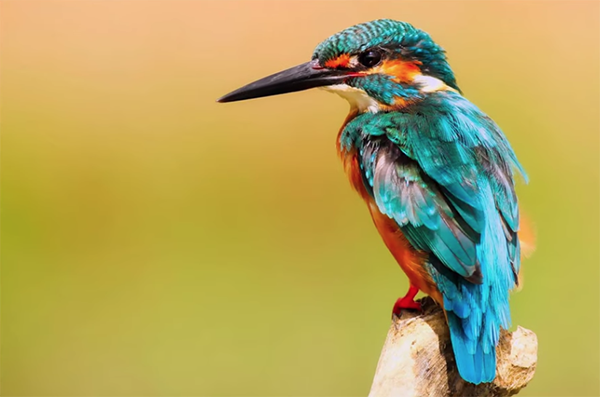What’s the BEST Camera Sensor Size for YOU? Bigger Isn’t Always Better (VIDEO)
The world of photography offers a wide array of camera systems, each designed to cater to different needs and budgets. And one of the key considerations is choosing a model with a sensor size that works best for your style of photography.
Some photographers are under a misconception that bigger sensors and full-frame cameras are always the optimum choice, but this tutorial from instructor Jalen Oban will likely change your mind. In barely six minutes he discusses the pros and cons of full-frame, crop-sensor, and medium format cameras so you can choose what you really need versus what you want.
Oban is a landscape photographer and a very popular educator based in the Pacific Northwest. He kicks off this episode with the benefits and disadvantages of full-frame cameras that are all the rage today. As he says, “these sensors excel at delivering superior image quality, better dynamic range, and lower noise levels at higher ISO’s compared to their smaller counterparts.”

Along with these and other benefits, however, are several pitfalls to keep in mind. First, these cameras and compatible lenses tend to be more expensive. Moreover, they’re typically larger and heavier than crop senor models, and this can be a drawback when carrying a system for a full day in the field. Storage capacity and the impact on computer speed is also a concern because of the larger files sizes that full-frame cameras create.
Crop-sensor models are usually referred to as APS-C cameras. As Oban explains, “their sensors are smaller than full-frame sensors, meaning that the image you capture at the same focal length will essentially appear zoomed in by 1.5 X (or by 2X when using a micro-four-thirds camera).” These systems are generally more affordable than full-frame, as well as being smaller and lighter than their big brothers.
The crop factor of these models also means that any given lens will have more reach on the long end, while reducing the advantages of wide focal lengths. In other words, they provide greater versatility when shooting wildlife and other distant subjects, but they can be less effective for capturing landscapes with expansive vistas.
Oban wraps up the tutorial with a look at medium-format cameras as compared to full-frame and crop-sensor options. He also provides practical examples of how all three perform with regard to different genres of photography. This way your next purchasing decision won’t be an emotional one.

We also encourage you to watch a tutorial we featured last week from another pro who demystifies camera metering modes so you can make the best choice for shooting under various conditions.




